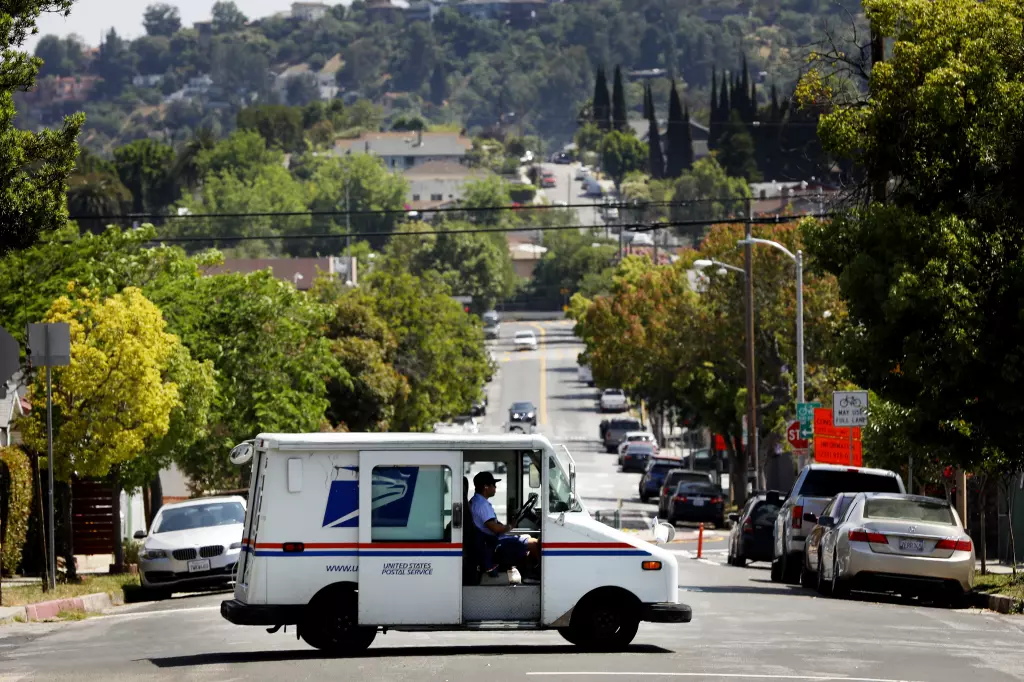ORDER_66
I dont care anymore 2025
Their getting priced out too
East LA is being gentrified
Those mexicacs will do whatever it takes not to move they will not be priced out or sell their houses...

Their getting priced out too
East LA is being gentrified

They don’t own emThose mexicacs will do whatever it takes not to move they will not be priced out or sell their houses...
They don’t own em
They’re the largest renters

Let me burnWell they better pool their money together and buy because it's not looking good... they forced the black folks out now it's their turn...

yeah the established onesTheir getting priced out too
East LA is being gentrified
From 1990
A smile crossed my face when a local NBC outlet recently touted 90-year-old U.S. Postal Service employee Leroy Brown. He has worked for the federal government for 70 years, most of that time for the post office, and has no plans to retire. My father worked at the post office’s World Way location in Westchester. He is 84, and while he did not make it to 70 years of service, I feel his 45 years was rather impressive.
Like Mr. Brown, my father joined the Postal Service after a stint in the Army, where he collected several boxing championship trophies that sat in his craft room at our home in Morningside Park. Our neighborhood was featured in the L.A. Times during the 1992 “riots” as a place that did not burn, owing to the responsible residents. I always felt conflicted about that idea. The people in my neighborhood were proud, but framing us as an exemplar was not fair. We had jobs and owned our homes.
When I was growing up, it was a relatively calm, predominantly African American Los Angeles neighborhood. But the childhood I had in L.A. is no longer possible for most African Americans. We now live in exurbs across the county, dealing with some of the worst effects of the climate crisis and urban sprawl, including forced migration, social isolation and physical health ailments.
SoFi Stadium now overlooks my childhood home. My parents picked our yellow house on the corner with its expansive frontyard and honeysuckle-filled backyard because it was less than a 15-minute drive from my father’s job. I lived in that house until I went away to college.
My mother was a stay-at-home mom. She woke me up, burned my breakfast and took me to the local Catholic school, St. Eugene’s. After school ended, I walked the few short blocks home with my friends. We all did our homework that our mothers would check, and then played until the streetlights came on.
All of this happened in a neighborhood filled with homeowners who worked as clerks and carriers for the post office, public school teachers, social workers for L.A. County, and nurses who worked at Centinela and King hospitals. A neighborhood where most of my friends attended college but often were unable to obtain professional employment in the area after they graduated.
Show more sharing options
A smile crossed my face when a local NBC outlet recently touted 90-year-old U.S. Postal Service employee Leroy Brown. He has worked for the federal government for 70 years, most of that time for the post office, and has no plans to retire. My father worked at the post office’s World Way location in Westchester. He is 84, and while he did not make it to 70 years of service, I feel his 45 years was rather impressive.
Like Mr. Brown, my father joined the Postal Service after a stint in the Army, where he collected several boxing championship trophies that sat in his craft room at our home in Morningside Park. Our neighborhood was featured in the L.A. Times during the 1992 “riots” as a place that did not burn, owing to the responsible residents. I always felt conflicted about that idea. The people in my neighborhood were proud, but framing us as an exemplar was not fair. We had jobs and owned our homes.
When I was growing up, it was a relatively calm, predominantly African American Los Angeles neighborhood. But the childhood I had in L.A. is no longer possible for most African Americans. We now live in exurbs across the county, dealing with some of the worst effects of the climate crisis and urban sprawl, including forced migration, social isolation and physical health ailments.
ADVERTISEMENT
SoFi Stadium now overlooks my childhood home. My parents picked our yellow house on the corner with its expansive frontyard and honeysuckle-filled backyard because it was less than a 15-minute drive from my father’s job. I lived in that house until I went away to college.
My mother was a stay-at-home mom. She woke me up, burned my breakfast and took me to the local Catholic school, St. Eugene’s. After school ended, I walked the few short blocks home with my friends. We all did our homework that our mothers would check, and then played until the streetlights came on.
All of this happened in a neighborhood filled with homeowners who worked as clerks and carriers for the post office, public school teachers, social workers for L.A. County, and nurses who worked at Centinela and King hospitals. A neighborhood where most of my friends attended college but often were unable to obtain professional employment in the area after they graduated.
ADVERTISING
But Los Angeles has been an incredible disappointment. When my mother’s family came to L.A. at the turn of the 20th century, it was filled with opportunities. Architect Paul R. Williams was not just the first Black person on the Los Angeles Planning Board, he was on the very first Planning Board in 1920. In 1913, W.E.B. Du Bois said of the city, “Nowhere in the United States is the Negro so well and beautifully housed.”
But now, the Black poor in L.A. either must take their Section 8 vouchers and live in the desert, where affordable housing can be found, or fall further into poverty, or leave.
the working class. This requires more careful urban planning and policies that improve people’s material well-being. Los Angeles needs a targeted increase in housing density, making it more affordable for people with less money. The county should pass a job guarantee program that includes professional and service tracks with an eye toward eradicating anti-Black bias in Los Angeles employment. Expanding and making permanent L.A.’s universal basic income program would complement California’s earned income tax credit.
Only policies like these can stem the tide of gentrification that is pushing African Americans and other members of the working class out of Los Angeles’ Metro area. Only then will L.A. be the example of progress it once was for people like my parents. Only then can the kind of childhood I grew up with exist again.

This is why I always trip when cats talk about the death of Black LA today. Anyone with family who been in The City for generations know mf's been talking about Black LA "dying" for 40+ years............From 1990

COLUMN ONE : Changing the Face of South L.A. : As housing prices rise and gang violence persists, blacks are moving out. Latino immigrants are taking their place.
The transformation of South Los Angeles from a segregated black community to a Latino barrio can be both seen and heard at the intersection of Central Avenue and Martin Luther King Jr.www.latimes.com